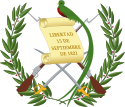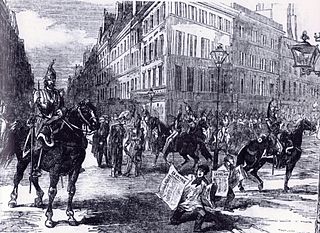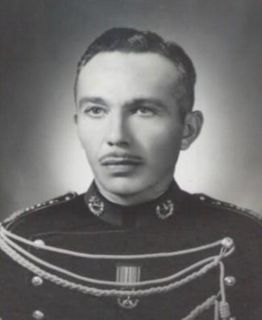
General elections were held in Guatemala on 3 March 1974. No candidate received more than 50% of the vote in the presidential election, resulting in Kjell Eugenio Laugerud García being elected president by Congress on 12 March. The Congressional elections were won by an alliance of the Institutional Democratic Party and the National Liberation Movement. Voter turnout was 46.41% in the presidential election.

General elections were held in Guatemala on 6 March 1966. After no candidate received 50% or more of the national vote, Julio César Méndez Montenegro was elected President by Congress on 10 May. On the Congressional elections, the Revolutionary Party won 28 of the 54 seats. Voter turnout was 56.27% in the presidential election and 55.01% in the Congressional elections

General elections were held in Guatemala on 1 March 1970. No candidate received over 50% of the vote in the presidential election, resulting in Carlos Manuel Arana Osorio being elected by Congress on 21 March. The National Liberation Movement-Institutional Democratic Party alliance won the Congressional elections. Voter turnout was 53.82% in the presidential election and 53.26% in the Congressional elections.

General elections were held in Guatemala on 5 March 1978. No candidate received more than 50% of the vote in the presidential election, resulting in Fernando Romeo Lucas García being elected president by Congress on 13 March. The Congressional elections were won by the National Liberation Movement.
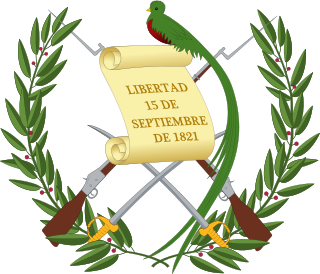
Constitutional Assembly elections were held in Guatemala on 1 July 1984. Although the National Centre Union received the most votes, an alliance of the National Liberation Movement and Nationalist Authentic Centre emerged as the largest bloc with 23 of the 88 seats. Voter turnout was 78%.

General elections were held in Guatemala on 3 November 1985, with a second round of the presidential elections taking place on 8 December. The presidential election resulted in a victory for Vinicio Cerezo, who had received $650,000 towards his campaign from media owner Remigio Ángel González. The Congressional elections resulted in a victory for Cerezo's Guatemalan Christian Democracy, which won 51 of the 100 seats. Voter turnout was 69.3%.

General elections were held in Guatemala on 12 November 1995, with a second round of the presidential elections held on 7 January 1996. Álvaro Arzú of the National Advancement Party won the presidential election, whilst his party also won the Congressional elections. Voter turnout was 46.8% on 12 November and 36.9% on 7 January.

General elections were held in Guatemala on 19 January 1958 after the 1957 elections were nullified. After no candidate received 50% or more of the national vote, Miguel Ydígoras Fuentes was elected President by Congress on 12 February, whilst an alliance of the National Democratic Reconciliation Party, Nationalist Democratic Party, the Nationalist Liberal Party, the Democratic National Association and the National Anti-Communist Front won 40 of the 66 seats in Congress.

Parliamentary elections were held in Guatemala on 16 December 1959, in order to elect half the seats in Congress. Voter turnout was just 44.91%.

Parliamentary elections were held in Guatemala on 3 December 1961, in order to elect half the seats in Congress. Following the election, the National Democratic Reconciliation Party-National Democratic Movement-Democratic Unity Party alliance held 50 of the 66 seats. Voter turnout was just 44.48%.

Constitutional Assembly elections were held on 24 May 1964. The Movement of National Liberation and the Revolutionary Party both won 10 seats, although sixty members were appointed by the military government.
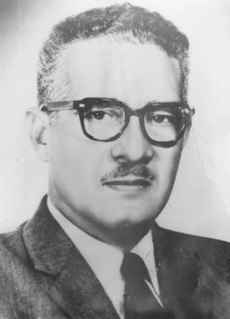
General elections were held in Guatemala on 20 October 1957. Miguel Ortiz Passarelli won the presidential election. However, the elections were nullified on 23 October 1957 following protests against electoral fraud.

Parliamentary elections were held in Guatemala on 18 December 1955. The result was a victory for the National Democratic Movement, which won 58 of the 66 seats in Congress.

Parliamentary elections were held in Guatemala for half the seats in Congress between 16 and 18 January 1953. The Revolutionary Action Party won a plurality of seats.

Parliamentary elections were held in Guatemala between 24 and 26 January 1947 in order to elect half the seats in Congress. The Revolutionary Action Party won a plurality of seats.
Legislative elections were held in Guatemala to elect members of the Congress on 3–5 November 1944.

General elections were held in Guatemala between 6 and 8 February 1931. In the presidential election Jorge Ubico was elected unopposed, after the remaining sector of the old Liberal Party did not object to his candidacy, whilst the Conservative Party was too disorganised and discredited from the Lázaro Chacón González era to put forward a candidate. Ubico's Progressive Liberal Party, formed by a union of the two wings of the divided Liberal Party also won the parliamentary election unopposed.

General elections were held in Guatemala on 5 December 1926. The presidential election resulted in a victory for Lázaro Chacón González, who received 88.6% of the vote. Whilst the elections were rigged, the Progressive Liberal Party did manage to win some seats in the Congress.

A constitutional referendum was held in Guatemala on 30 January 1994. It followed a constitutional crisis and an attempted self-coup on 25 May 1993 by President Jorge Serrano Elías. Among the reforms was a plan to reduce the parliamentary term of the current government. The changes were approved by 83.9% of voters, although voter turnout was just 15.9%.
